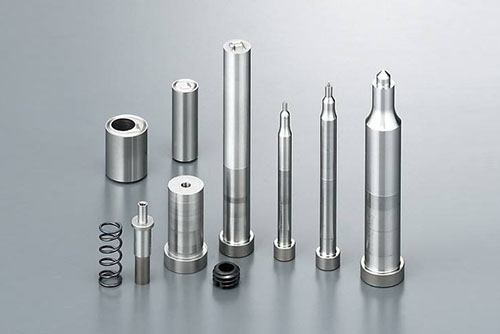The basis for determining precision injection molding is the precision of the injection molded product, that is, the dimensional tolerance, shape tolerance and surface roughness of the product. There are many relevant conditions for precision injection molding, and the most essential are the four basic factors of plastic materials, injection molds, injection molding processes and injection molding equipment. When designing plastic products, engineering plastic materials should be selected first, and engineering plastics capable of precision injection molding must use materials with high mechanical properties, dimensional stability, good creep resistance and environmental stress cracking resistance. Secondly, the appropriate injection molding machine should be selected according to the selected plastic material, the dimensional accuracy of the finished product, the weight of the part, the quality requirements and the expected mold structure. In the process of processing, the factors affecting precision injection molding products mainly come from the precision of the mold, the shrinkage of the injection molding, and the variation of the ambient temperature and humidity of the product.
In precision injection molding, the mold is one of the keys to obtain precision plastic products that meet the quality requirements. The molds for precision injection molding should meet the requirements of product size, precision and shape. However, even if the precision and size of the mold are the same, the actual size of the molded plastic article may be inconsistent due to the difference in the amount of shrinkage. Therefore, effective control of shrinkage of plastic products is very important in precision injection molding technology.
Whether the mold design is reasonable or not will directly affect the shrinkage rate of plastic products. Since the mold cavity size is determined by the size of the plastic product plus the estimated shrinkage rate, the shrinkage rate is recommended by the plastic manufacturer or engineering plastics manual. A range of values, not only related to the gate form of the mold, the location and distribution of the gate, but also the crystal orientation of the engineering plastic.
The shape, size, distance to the gate and location of the plastic product are related. The main factors affecting plastic shrinkage are heat shrinkage, phase change shrinkage, orientation shrinkage, compression shrinkage and elastic recovery. These factors are related to the molding conditions or operating conditions of precision injection molded products. Therefore, the relationship between these influencing factors and injection molding conditions and their apparent factors must be considered when designing the mold, such as injection pressure and cavity pressure and filling speed, injection melt temperature and mold temperature, mold structure and gate form and distribution. And the influence of the cross-sectional area of the gate, the wall thickness of the product, the content of the reinforcing filler in the plastic material, the crystallinity and orientation of the plastic material. The influence of the above factors is also different due to different plastic materials, other molding conditions such as temperature, humidity, continued crystallization, internal stress after molding, and changes in the injection molding machine.

Because the injection molding process is the process of converting plastic from solid powder or pellets to liquid melt and solid products. From the pellets to the melt, from the melt to the product, through the temperature field, stress field, flow field and density field, the plastics are thermoset or thermoplastic, crystalline or Non-crystalline, reinforced or non-reinforced, etc. have different polymer structural morphology and rheological properties. Any factors affecting the above field will affect the physical and mechanical properties, size, shape, precision and appearance quality of plastic products. Thus, the intrinsic link between process factors and polymer properties, structural morphology, and plastics is manifested by plastics. It is important to analyze these intrinsic links to rationally formulate injection molding processes, rationally design and manufacture molds according to drawings, and even select injection molding equipment. Precision injection molding and ordinary injection molding also differ in injection pressure and injection rate. Precision injection molding often uses high pressure or ultra high pressure injection and high speed injection to obtain a small molding shrinkage. In view of the above various reasons, in addition to considering the design elements of general molds, the following points must be considered when designing precision injection molds:
1 use appropriate mold dimensional tolerances;
2 to prevent the occurrence of molding shrinkage error;
3 to prevent injection molding deformation;
4 to prevent demoulding deformation;
5 to minimize mold manufacturing errors;
6 to prevent errors in mold accuracy;
7 Maintain mold accuracy.



 skype
skype